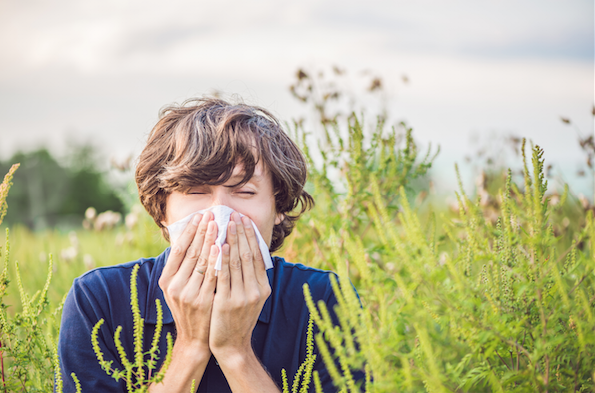
Seasonal affective disorder, or SAD, is a recurring depression that affects individuals during the winter months and recedes during the spring and summer.
How common is SAD?
It is estimated that between 4 and 6 percent of Americans suffer from SAD, with three-quarters of those affected being women, mostly in their 20s, 30s and 40s. Though SAD is most common during these ages, it can also occur in children, adolescents and the elderly.
What causes SAD?
The exact cause of SAD is still unknown, but researchers suspect that an increased level of melatonin in the blood could be a factor. Melatonin increases the need and desire to sleep. SAD affects people more during the colder, darker months because the body produces more melatonin during this time.
Decreased exposure to sunlight resulting in an increased production of melatonin causes the biological clock that regulates mood, sleep and hormones to run slower in winter. This is why those most affected by SAD tend to live in northern states; areas that experience decreased daylight for months at a time.
What are the symptoms?
Signs of SAD can vary depending on the severity of the condition. Here are some general symptoms:
Difficulty concentrating
Low energy and fatigue
Decreased interest in daily activities
Moodiness and irritability
Increased appetite with weight gain
Cravings for carbohydrates
Increased sleep, with more daytime sleepiness
Coping with SAD
In severe cases, your doctor can prescribe medication,but oftentimes self-help tactics can be just as
effective:
Increase the amount of light in your home. Open blinds, add skylights and trim trees that block sunlight.
Get outside. Walk outdoors on sunny days, even during winter months.
Exercise regularly. Physical exercise helps relieve stress and anxiety, which can exacerbate SAD.
Find ways to relax.
Learn how to manage stress better.
Take a trip. If possible, take winter vacations to sunny, warm destinations. Read More















